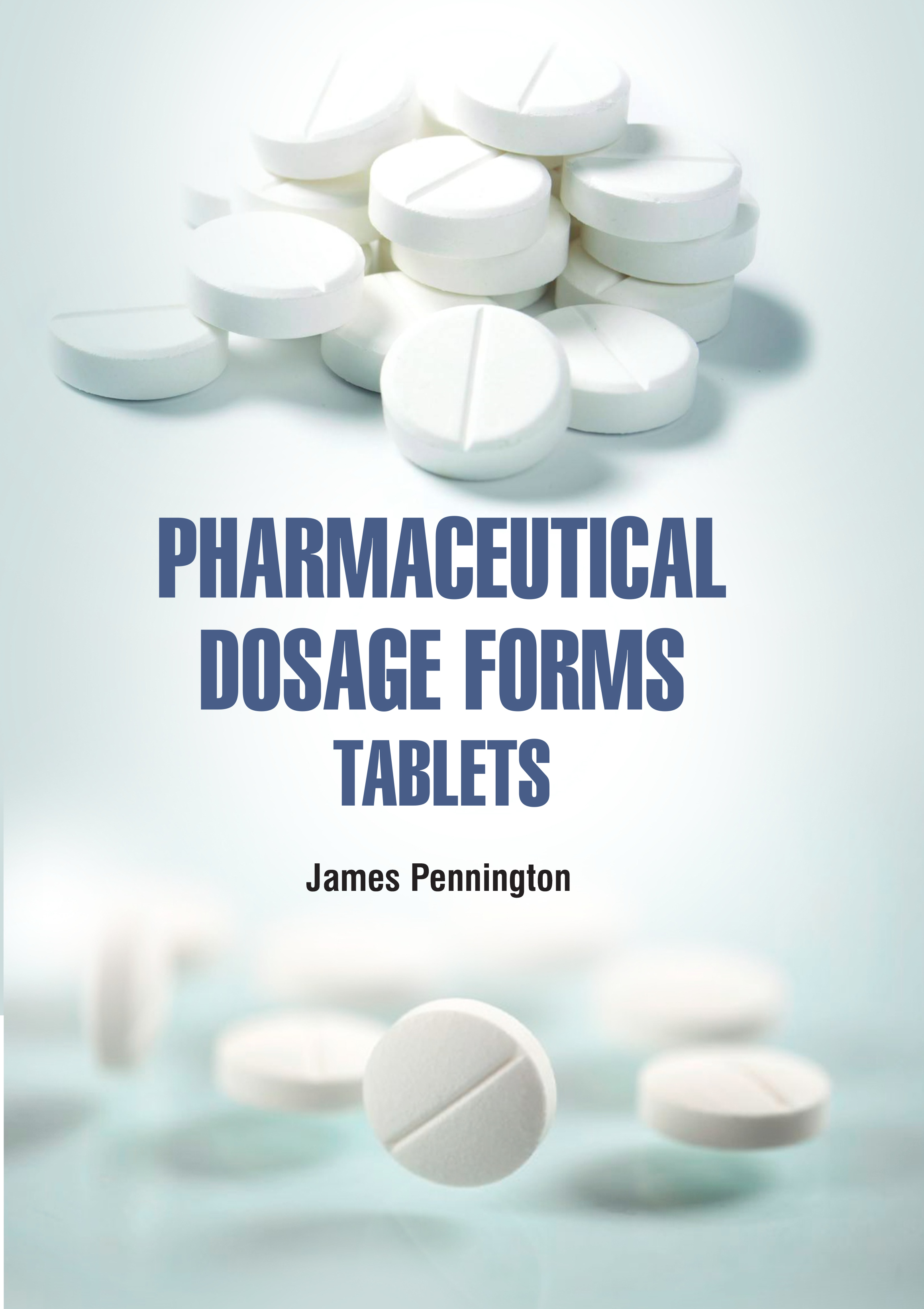
Pharmaceutical Dosage Forms: Tablets
by James Pennington
| ISBN | 9789372429480 |
|---|---|
| Publisher | Digital Drive Learning |
| Copyright Year | 2026 |
| Price | $260.00 |

by James Pennington
| ISBN | 9789372429480 |
|---|---|
| Publisher | Digital Drive Learning |
| Copyright Year | 2026 |
| Price | $260.00 |
Dosage form means a physical form by which drug molecules are delivered into the site of action. The solid dosage forms are the most commonly used dosage form because of the stability and ease of mass production. tablets capsules, sugar-coated tablets, powders, granules, sachets, etc. In any drug formulation, it is important to use the right pharmaceutical dosage form and drug delivery system to effectively reach the target area in the patient’s body, and in many instances to implement controlled drug release, to ensure the best possible results. Tablet coating is a process by which an essentially dry, outer layer of coating material is applied to the surface of a dosage form in order to confer specific benefits over uncoated variety. Coatings may be applied to various oral dosage forms such as particles, powders, granules, crystals, pellets and tablets. Pharmaceutical dosage form testing verifies the efficacy and bioavailability of your drug formulation. It is imperative to test for formulary stability and potential drug degradation. Dosage form testing also verifies the physical strength of your formulation—for example, to prevent the incidence of crumbling tablets. In addition to qualifying for market regulations, pharmaceutical dosage form testing ensures that a quality end product reaches your end consumer. The combination of a solid surfactant and a liquid surfactant resulted in better tablet formation and an improvement in the dissolution rate of prednisolone in both immediate release and sustained release. The ultimate goal of drug product development is to design a system that maximizes the therapeutic potential of the drug substance and facilitates its access to patients.